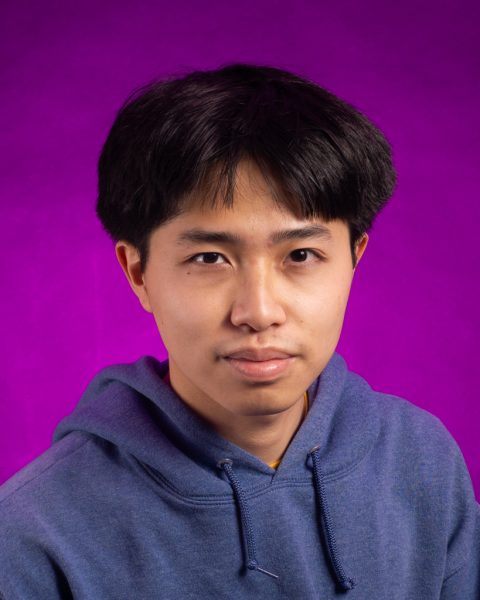If you go to 19th and Holloway, you might see buses headed to Daly City BART station. But what is BART?
BART is an acronym for Bay Area Rapid Transit. The transit system’s 50 stations, 131.4 miles of track, and Transbay Tube under the bay connect San Francisco and cities on the peninsula with the East and South Bays.
BART’s temini are Millbrae, Richmond, Antioch, Dublin/Pleasanton, and Berryessa/North San José. There are five main lines and an automated connector to Oakland International Airport.
The Yellow line is the most frequent; you can expect trains every 10 minutes. The line is also the longest, stretching from Antioch to Millbrae, passing through San Francisco. The section from a transfer platform near Pittsburg/Bay Point station to Antioch station is known as eBART and uses diesel multiple units, instead of electric multiple units.

All other lines have frequencies of 20 minutes or less.
BART’s Red Line connects Richmond to Millbrae. The Blue Line, with one end at Dublin/Pleasanton station, and the Green Line, with one end at Berryessa/North San José, both pass through San Francisco and end at the Daly City station. The Orange line is the only line that doesn’t go through the Transbay Tube, moving riders between Richmond and Berryessa/North San José.
During the Fall and Spring semesters, SFSU students paying with a OneCard receive a 50% discount for BART trips starting or ending at Daly City station.
BART provides cheaper connections to airports than ridesharing or taking a taxi. If you’re paying with a Clipper Card, the fare from Daly City to San Francisco International Airport is $9.15. If you’re heading to Oakland International Airport, it’ll cost $5.25 to travel from Daly City to Coliseum. From there, you can transfer to the Oakland Airport Connector for $6.70 or take the AC Transit 73 bus for $2.25.
BART’s trains are electric multiple units and powered by a third rail. Over 97% of the electricity to power BART comes from zero-carbon or low-carbon sources. BART plans to be carbon-free by 2035 and completely powered by renewable energy by 2045.

On Sept. 10, BART ran its final scheduled legacy train, with cars that were part of the system in 1972. The new cars, called the Fleet of the Future, have more doors and digital displays that show the current stop, route, and location of the train. Also, infrastructure installation for free Wi-Fi on trains and in stations is scheduled to be completed by the fall of 2025.
BART will also extend part Berryessa/North San José eventually, passing through Downtown San José and Diridon station, and ending in the city of Santa Clara. Construction is scheduled to be completed by 2040.
The Link21 program is studying concepts to improve transit in the 21-county Northern California megaregion. A new crossing from the San Francisco Peninsula to the East Bay has been proposed and will accommodate either BART or standard gauge trains if it’s built. There are two BART concepts and four standard gauge concepts.
BART’s history started in 1946. Construction officially began in 1964 and the system was opened on September 11, 1972. BART started with only four lines that terminated at Richmond, Concord, Daly City, and Fremont.
The system is governed and run by the San Francisco Bay Area Rapid Transit District, except in Santa Clara County, where the Valley Transportation Authority, or VTA, is in charge.






